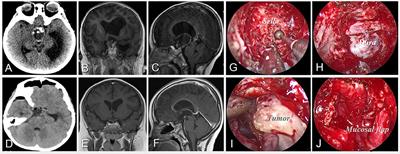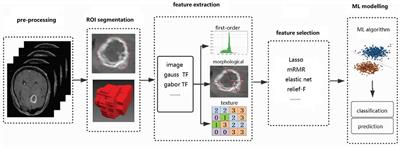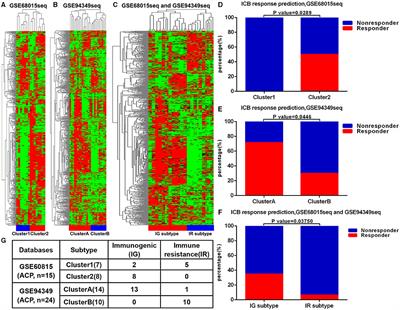EDITORIAL
Published on 10 Feb 2023
Editorial: Advances in craniopharyngioma: From physiology to clinical management
doi 10.3389/fneur.2023.1118806
- 1,189 views
17k
Total downloads
59k
Total views and downloads
EDITORIAL
Published on 10 Feb 2023
ORIGINAL RESEARCH
Published on 19 May 2022

OPINION
Published on 22 Mar 2022

ORIGINAL RESEARCH
Published on 09 Mar 2022

ORIGINAL RESEARCH
Published on 10 Feb 2022

REVIEW
Published on 09 Feb 2022

ORIGINAL RESEARCH
Published on 31 Jan 2022

ORIGINAL RESEARCH
Published on 26 Jan 2022

REVIEW
Published on 06 Jan 2022

ORIGINAL RESEARCH
Published on 06 Jan 2022

ORIGINAL RESEARCH
Published on 13 Dec 2021

ORIGINAL RESEARCH
Published on 08 Dec 2021

